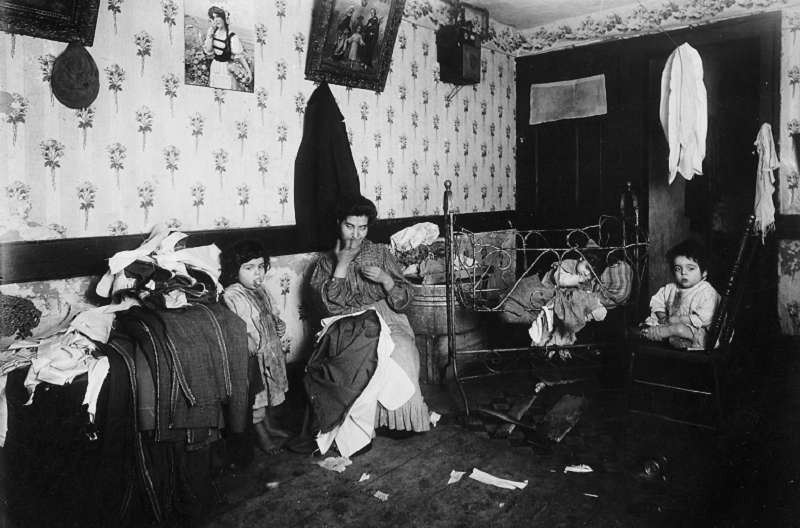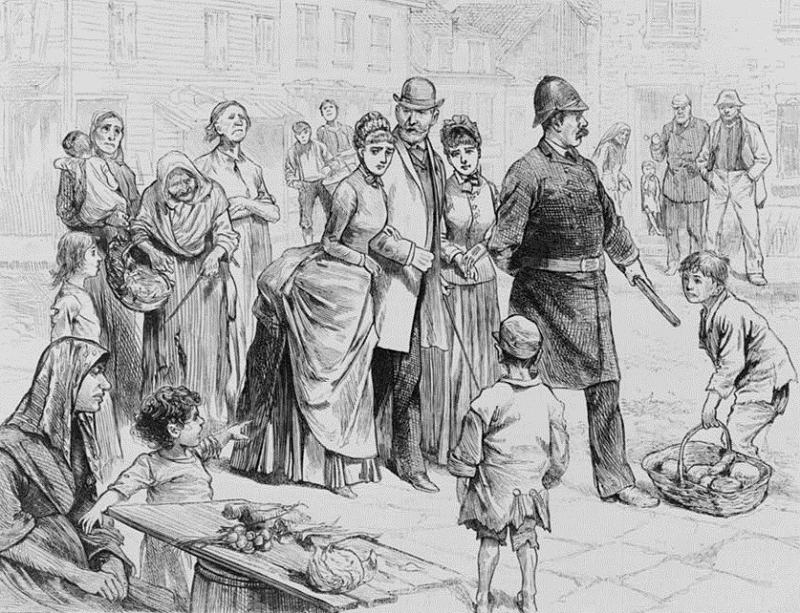c. 1870-c. 1914
 Where the Realists in American literature were generally optimistic in their outlook, the Naturalists tended to be more pessimistic. Both movements existed at about the same time and had experienced the same events and circumstances in American history.
Where the Realists in American literature were generally optimistic in their outlook, the Naturalists tended to be more pessimistic. Both movements existed at about the same time and had experienced the same events and circumstances in American history.
One of the main differences is that the Realists saw the post-war years as an opportunity to improve their lives and country; the Naturalists, conversely, seemed convinced by the war years that people had no real control over their lives or destinies and that whatever happened was inevitable. Both movements embraced a realistic view of life but, where the Realists veered away from confronting many of the more difficult or unpleasant realities in their works, the Naturalists seemed to deliberately dwell on the tragic and disillusioning aspects they encountered.
 Fodder for the Naturalists’ pens was gleaned soon after the end of the Civil War when the nation became more industrialized and urban sprawl began to radiate out from major centers of production. Masses of people leaving the vanquished South, or fleeing Midwestern farms in search of better wages, migrated to Northern cities and were squeezed into dense, confined living spaces and ghettoes in order to be near the factories where they could find work. Conditions were necessarily harsh and unsanitary, poverty and disease were rampant and no agencies existed at that time to offer aid or assistance. This was representative of the “reality” that the Naturalists memorialized in their published works.
Fodder for the Naturalists’ pens was gleaned soon after the end of the Civil War when the nation became more industrialized and urban sprawl began to radiate out from major centers of production. Masses of people leaving the vanquished South, or fleeing Midwestern farms in search of better wages, migrated to Northern cities and were squeezed into dense, confined living spaces and ghettoes in order to be near the factories where they could find work. Conditions were necessarily harsh and unsanitary, poverty and disease were rampant and no agencies existed at that time to offer aid or assistance. This was representative of the “reality” that the Naturalists memorialized in their published works.
One element of Naturalist writing that proved to be enduring in subsequent literary periods was an examination of a character’s personal background and heredity and how these combined to limit that person’s ability to react differently to the situation at hand. This approach to literature opened the way for future writers to present introspective narratives and to include more comprehensive descriptions of the details in the lives of their characters.
Naturalist Literature
The following authors in our database represent the Naturalist Period of American Literature:
| Antin, Mary |
Freeman, Mary E. Wilkins |
|
| Baum, L. Frank |
Garland, Hamlin |
|
| Bierce, Ambrose |
Gilman, Charlotte Perkins |
|
| Bly, Nellie |
Hearn, Lafcadio |
|
| Chesnutt, Charles W. |
Henry, O. |
|
| Chopin, Kate |
Hopkins, Pauline Elizabeth |
|
| Coolbrith, Ina |
London, Jack |
|
| Crane, Stephen |
Norris, Frank |
|
| Dreiser, Theodore |
Washington, Booker T. |
|
| Dunbar, Paul Laurence |
Wilder, Laura Ingalls |
|
| Eastman, Charles Alexander |
Click on any of the above names to open the corresponding biographical essay.
Click on the red book icon ![]() to the left of any name in the list to access that author’s bibliography and our collection of direct links available for the associated titles as hosted by a wide variety of professional and academic Web sites.
to the left of any name in the list to access that author’s bibliography and our collection of direct links available for the associated titles as hosted by a wide variety of professional and academic Web sites.
Are there other authors you think should be included in this category?
Let us know and we’ll try to add them whenever possible.
Register now for a Free Membership to CurricuLit.com and you will receive notices of special features and updates as they become available.